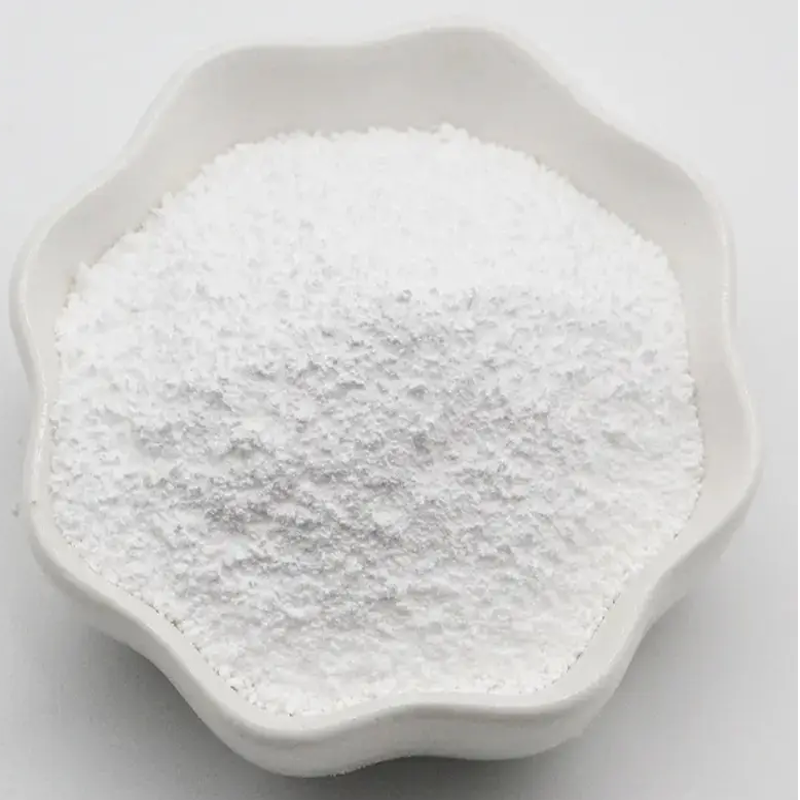-
Categories
-
Pharmaceutical Intermediates
-
Active Pharmaceutical Ingredients
-
Food Additives
- Industrial Coatings
- Agrochemicals
- Dyes and Pigments
- Surfactant
- Flavors and Fragrances
- Chemical Reagents
- Catalyst and Auxiliary
- Natural Products
- Inorganic Chemistry
-
Organic Chemistry
-
Biochemical Engineering
- Analytical Chemistry
- Cosmetic Ingredient
-
Pharmaceutical Intermediates
Promotion
ECHEMI Mall
Wholesale
Weekly Price
Exhibition
News
-
Trade Service
The basis of control during the COVID-19 outbreak is the implementation of general infection control measures (hand hygiene, body distance, and staying at home when symptoms appear), combined with a testing and tracking plan
.
Mathematical modeling studies have shown that even assuming that at least 40% of the transmission may come from asymptomatic people or those who have not yet appeared, the detection and tracking program combined with general infection control measures can successfully control the new coronavirus epidemic
The basis of control during the COVID-19 outbreak is the implementation of general infection control measures (hand hygiene, body distance, and staying at home when symptoms appear), combined with a testing and tracking plan
A number of studies have now compared rapid antigen detection with RT-PCR detection
Ewoud Schuit et al.
Set up four public health service COVID-19 test points in the Netherlands
.
A total of 4274 close contacts of 16 years or older (identified through the testing and tracing program or contact tracing application) were collected, and they had no symptoms of new coronary pneumonia when the test was requested
Set up four public health service COVID-19 test points in the Netherlands
Among the 2678 participants tested by Veritor, 233 (8.
The two rapid antigen tests have differently defined diagnostic accuracy variables for the positive reverse transcription polymerase chain reaction (RT-PCR) test based on viral load truncation, in which the viral load is lower than the viral load truncation threshold positive RT-PCR The test result is considered a negative result
.
.
When using viral load truncation (≥5.
2 log10 new coronavirus E gene copy number/ml), the total sensitivity of Veritor and biosensor is 90.
1% (84.
2%-94.
4%) and 86.
8% in the asymptomatic patients.
(78.
1%~93.
0%); The total sensitivity of Veritor and biosensor is 88.
1% (80.
5%~93.
5%) and 85.
1% (74.
3%~92.
6%), respectively
.
In all analyses, the specificity of the two rapid antigen tests was >99%, and the positive and negative predictive values were >90% and >95%
When using viral load truncation (≥5.
The sensitivity of rapid antigen detection for asymptomatic and pre-symptomatic close contacts detected on the 5th day after close contact with a confirmed case is greater than 60%.
Schuit E , Veldhuijzen I K , Venekamp R P , van den Bijllaardt W , Pas S D , Lodder E B et al.
Schuit E , Veldhuijzen I K , Venekamp R P , van den Bijllaardt W , Pas S D , Lodder E B et al.
Diagnostic accuracy of rapid antigen tests in asymptomatic and presymptomatic close contacts of individuals with confirmed SARS-CoV-2 infection: cross sectional study BMJ 2021 ; 374 :n1676 doi:10.
1136/bmj.
n1676 Schuit E , Veldhuijzen Veldhuijzen I K , Venekamp Venekamp R P , van den Bijllaardt van den Bijllaardt W , Pas Pas S D , Lodder Lodder E B et al.
Diagnostic accuracy of rapid antigen tests in asymptomatic and presymptomatic close contacts of individuals with confirmed SARS-CoV-2 infection: cross sectional study BMJ 2021; 374 :n1676 BMJ BMJ 2021 ; 374 :n1676 doi:10.
1136/bmj.
n1676 leave a message here







